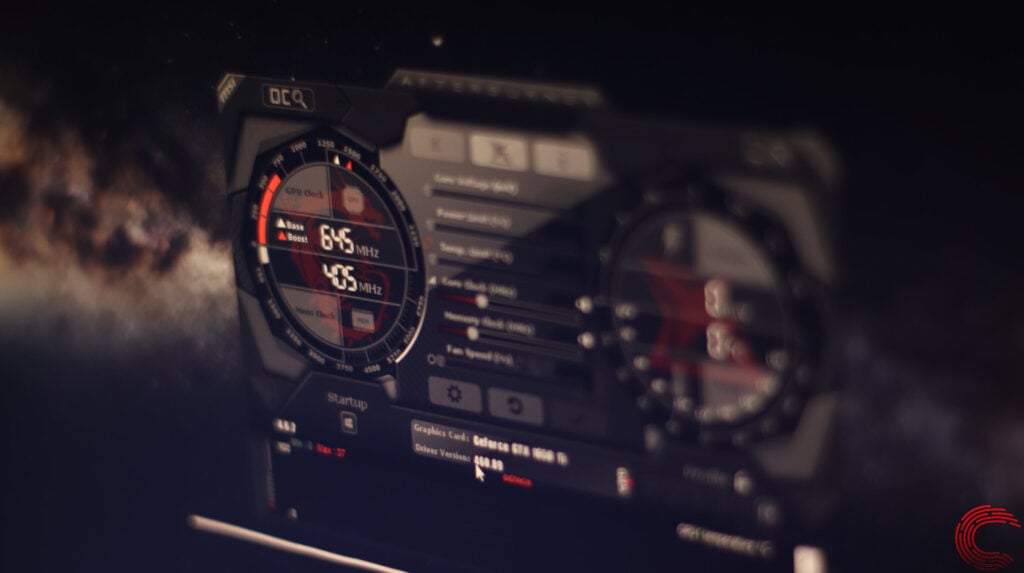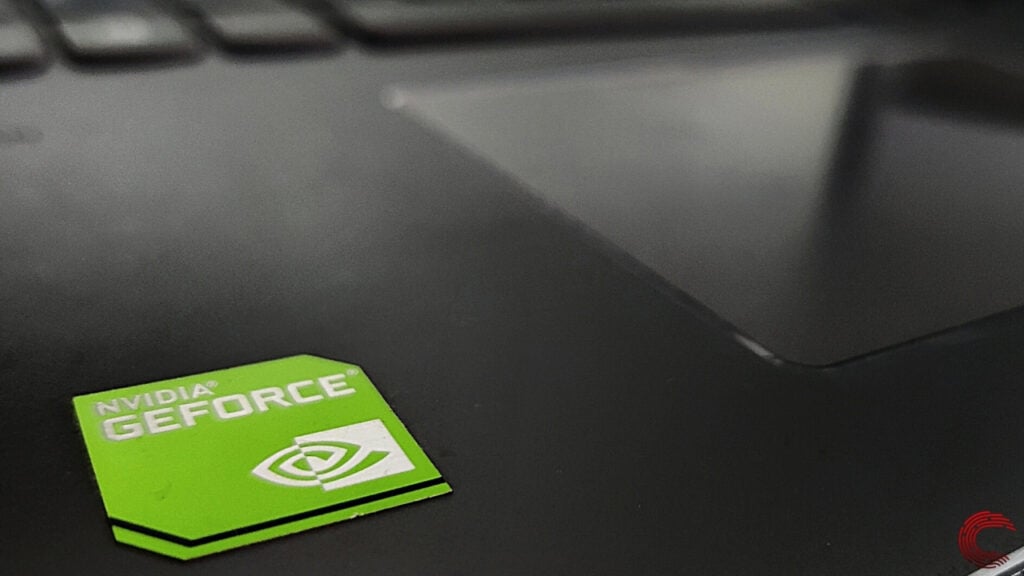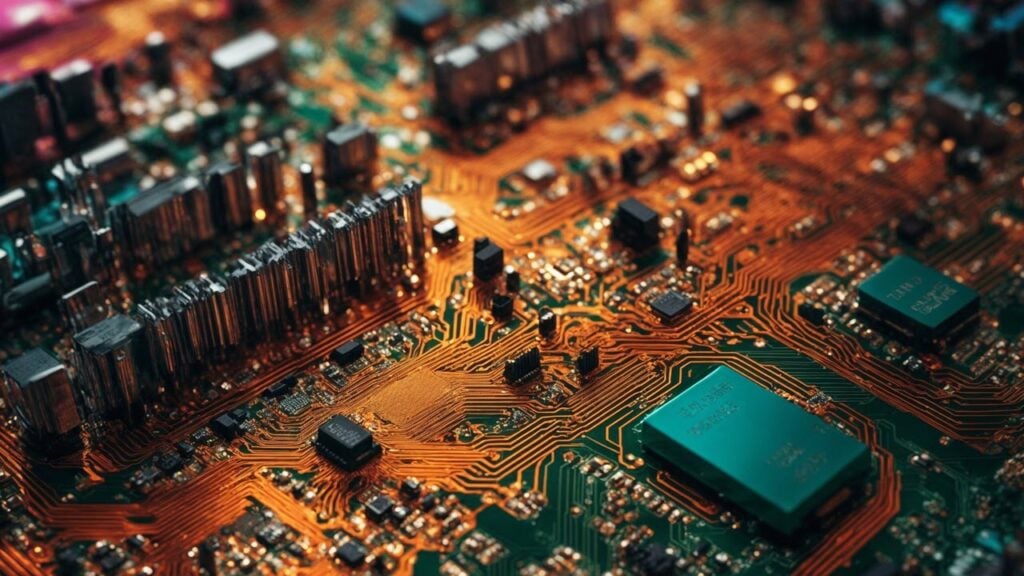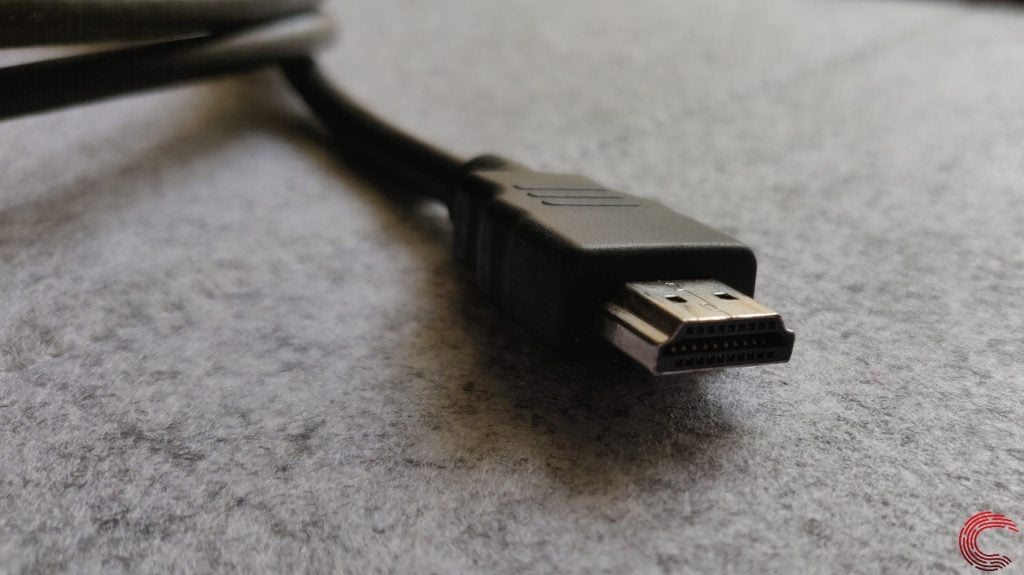GPU Artifacting refers to any issues that can cause disruptions with your GPU. When you face GPU Artifacting issues, your computer screen may flicker while doing GPU-intensive tasks such as playing games or video editing.
Moreover, you can face distortions and glitches on your screen while watching films or online streaming. As the GPU handles all things related to graphics rendering on your PC, you should know how to fix GPU Artifacting issues.
Here’s how GPU Artifacting can affect your computer’s performance:
- Flickering or blinking screen.
- Pixelated or blurry textures.
- You may also see some random lines on your screen.
- You may also experience colour mismatches.
- If the problem is serious, your screen may crash randomly.
Fortunately, there are a few ways to fix the GPU Artifacting issue. In this article, we’ll explain how to fix this issue so that you can return your PC to its optimal performance mode.
What causes GPU Artifacting?
Here are some of the most common reasons for GPU Artifacting on your PC:
- Outdated or corrupted graphics drivers.
- Incompatible drivers.
- Hardware damage in GPU chip, VRAM, or the printed circuit board (PCB).
- Insufficient power supply due to a faulty PSU or loose connections.
- Overheating of the GPU
Also read: What is the green light on the motherboard?
How to fix GPU Artifacting?
Depending on the cause, you can fix the GPU Artifacting issue by following these solutions:
Lower the temperature

You should start by lowering the temperature of your GPU by:
- Lowering the graphics setting in your game: You should lower the screen resolution and graphics settings in your game and lower other settings such as anti-aliasing, frame rate, and DLSS, among others.
- Underclock the GPU: As the name suggests, underclocking involves lowering the clock speeds, eventually lowering power consumption. This will result in less heat generation and will lower the temperature. You can use several software for this purpose, such as MSI Afterburner and EVGA Precision X1.
- Enhance the cooling: You can manually enhance the cooling system by cleaning the fans and heatsinks, changing the thermal paste or adding more fans.
Update drivers

Updating the GPU drivers can also fix the GPU Artifacting issues on your device. Outdated or corrupt drives can block the communication between the GPU and the computer, and you will have tons of problems.
Moreover, outdated graphics drivers can become obsolete after some time and may develop minor bugs.
Head to this article to understand how to update Nvidia drivers.
Repair the hardware damage

Have you checked the GPU and found any hardware damage? It is imperative that you quickly take the GPU to an authorised service centre or, if you can, try to repair it yourself.
Repairing the VRAM is easy if you know the right tools. There are various software for this purpose that you can try. One such software is the Video Memory Stress Test. You can download this software online and run it to assess the VRAM condition.
Furthermore, you can replace the VRAM if you are skilled in soldering. Similarly, check and replace the PCB.
Check the power supply

As mentioned earlier, an insufficient power supply can also result in the GPU Artifacting issue on your PC. To ensure a decent and interrupted power supply, check the main power source for damage. If you found one, change it asap.
Now, return to your PC and check any loose cable connections that are disrupting the power supply. Tighten each cable and ensure it is properly and firmly secured in the slot. It may be the power cables, HDMI cables, or DisplayPort ones.
While you are at it, check the power supply unit (PSU) for damage and immediately replace it.
In conclusion, GPU Artifacting issues result in several problems on your PC especially when you are engaged in work that requires high graphics. You can follow the steps given above to resolve the issue as early as possible.
Also read: What is Hardware accelerated GPU scheduling? How to disable it?






